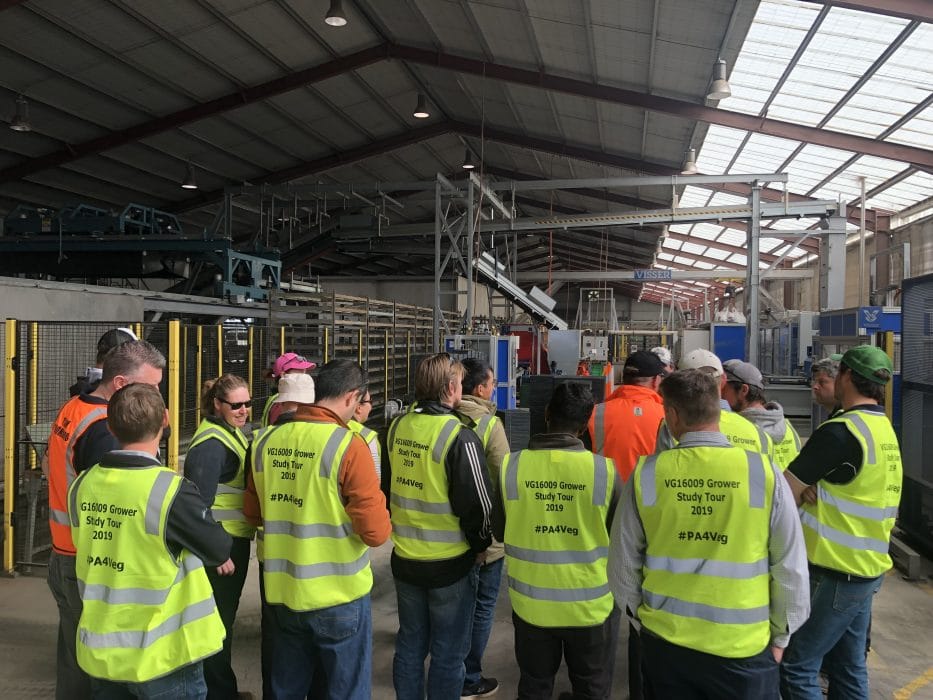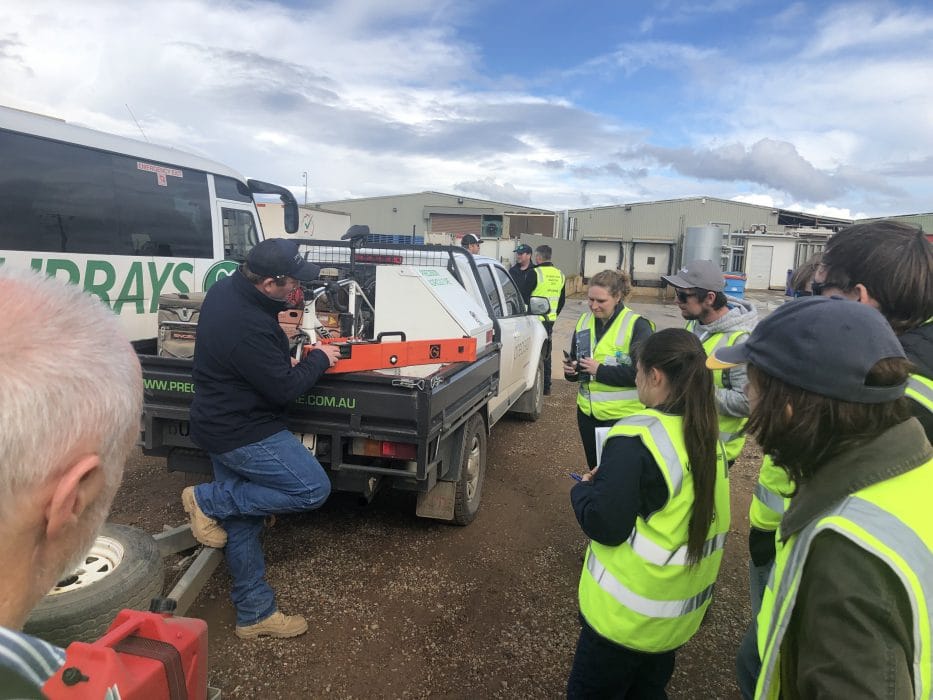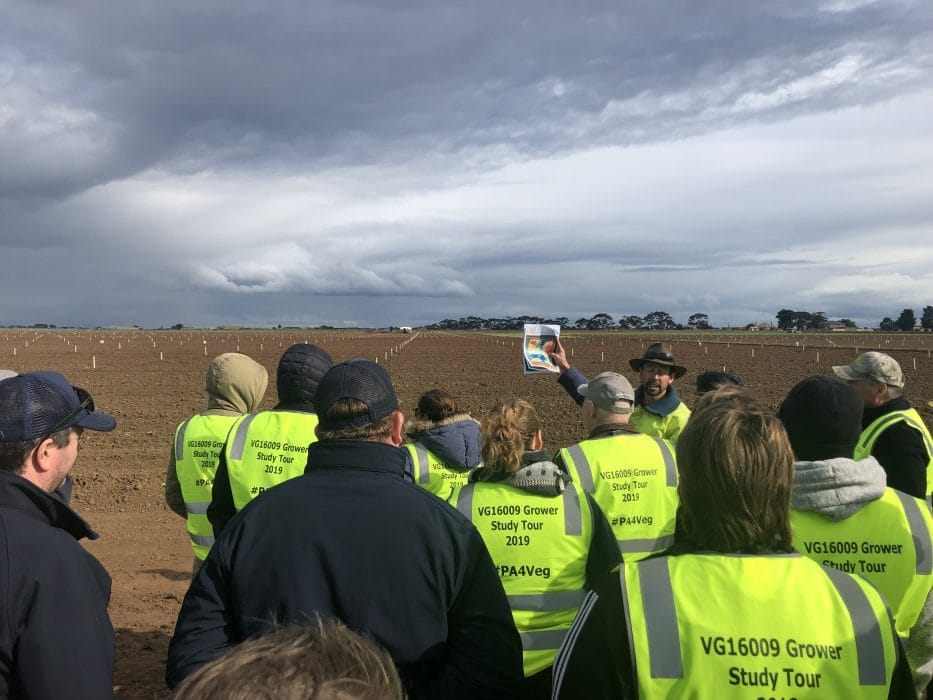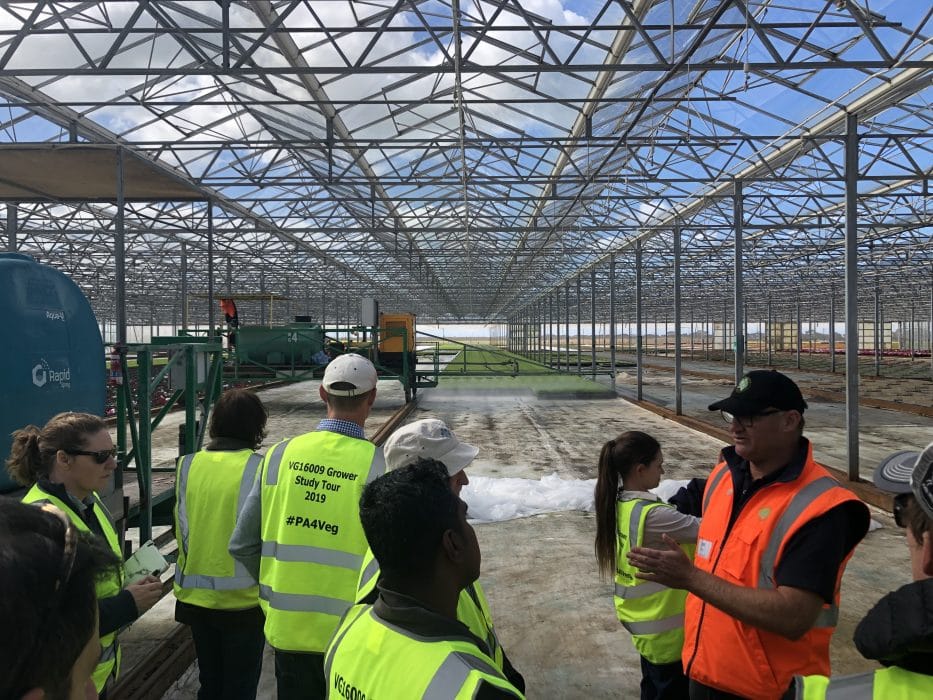Overview
Adoption of precision systems technology production (VG16009) is a R&D levy funded project tasked with supporting the vegetable industry in adopting precision agriculture technologies.
More specifically this initiative is responsible for developing case-study farms in each state for research and extension – including training events and field days. Through this project video and fact-sheet resources have been and are being developed to showcase potential applications of relevant precisions technologies.
We asked Julie O’halloran, project leader, and Celia van Sprang, project officer, a few questions about how vegetable growers can make the most out of the Adoption of precision systems technology production project.
What are the three top takeaways for Victorian vegetable growers from your project?
1. Know what you are trying to achieve with precision agriculture (PA) before embarking on the PA journey. There are numerous PA technologies that can be applied to vegetable production systems, but you need to know your purpose in order to select the most appropriate technology to gain the maximum benefit from PA technologies.
2. Know who to find relevant and accurate information from so that you are supported along your PA journey. PA is only successful when supported by a network whom collectively can build, integrate, use and troubleshoot machines, interpret data sets, make agronomic decisions based on data and other specific skills necessary to make accurately informed decisions.
3. Ground truthing. All successful PA applications are underpinned by ground truthing, or direct observation. PA systems can provide a plethora of information for growers, however the information is only valuable in the context of what is happening in the field. This is where service providers/agronomists can assist in interpreting what is happening in the field and potential management options.
Where can growers access the findings of your R&D project?
Growers can access the information produced by this project via the levy-funded Vegetable Australia magazine, the Weekly Update e-newsletters and via other levy-funded extension projects such as the VegNET e-newsletter and Soil Wealth and Integrated Crop Protection project.
Julie and Celia also both recommended acquiring information on PA from the Society of Precision Agriculture Australia and subscribing to their monthly e-newsletter.
As a result of this R&D investment, what could/should growers do differently?
1. Take a step back and determine what your specific purpose is for implementing PA. What PA looks like and the benefit gained from PA will differ across individual businesses.
2. Research which PA technology will be most appropriate for your purpose. For example, there are multiple soil sensing systems. Do you need to just map pH or do you need electrical conductivity and an understanding of different soil types as well? Do you need spatial information on soil structural characteristics? Are there freely available sources of information to start from?
3. Keep in mind system compatibilities. Not all PA technologies are compatible with pre-existing hardware or software. When considering PA, consider how it will fit within your current or future production practices. Will it be able to communicate with your current system? How will the two interact? What kind of investment or technical support is required to ensure compatibility between systems?
4. Ground truthing. All successful PA applications are underpinned by ground truthing, or direct observation. PA systems can provide a plethora of information for growers, however the information is only valuable in the context of what is happening on the ground. For example, crop sensing imagery can indicate where a crop is underperforming but it cannot tell you why – this requires field inspections.



